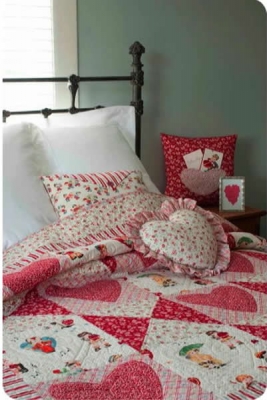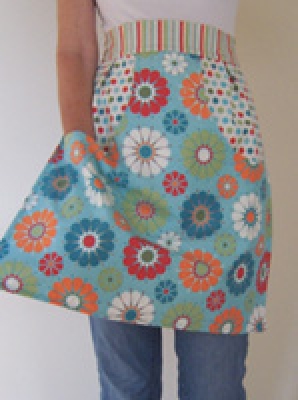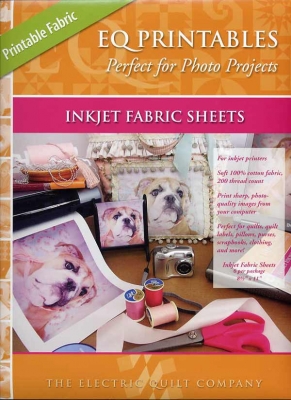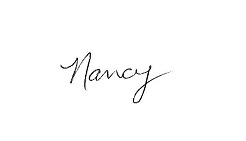Do you have a flair for vintage quilting? Have you attempted to quilt with vintage fabric, or incorporate family heirlooms such as treasured documents or keepsakes into your quilts? At QuiltWoman.com., we gathered some tips and ideas for creating with vintage finds that may help you with your vintage quilting projects.
Tips and Ideas for Quilting with Vintage Finds
1. Purchasing Vintage Fabric- There are hundreds if not thousands of sources for vintage fabrics. Here are some ideas;
- Thrift stores and Estate Sales can be great places to look for vintage fabric for your quilting projects.
- Garage Sales can be a surprising and budget friendly source for locating vintage clothing that can be used for quilting. When shopping at Thrift Stores, Estate Sales and Garage Sales, be sure the fabric doesn’t have large stains or moth holes.
- Vintage fabric finds might be sitting in your grandmother’s fabric stash. Just be sure to ask her first before raiding her goodies!
- Â Online sites like Ebay and Etsy offer hundreds of vintage fabric finds.
- Consider using reproduction fabrics. Andover Fabric’s hugely successful Downton Abbey fabric line was inspired by the popular British television series. Additionally, their Jo Morton Reproduction Fabrics  incorporate color, design and fine stitchery that echo quilts being made in the 19th Century.
2. Prewashing Vintage Fabric. Before you start creating quilting projects using your vintage fabric, you’ll want to clean it. Nothing is worse than spending hours creating a vintage quilt then watching it disintegrate when it’s washed. Wash it gently. If you are not sure about how it should be washed, err on the safe side and wash it by hand. If the fabric is stained, discolored or has odors, soak it in Oxiclean for a couple of days and air dry it on a breezy day outdoors.
4. Cutting vintage fabric. You might find that the process of cutting vintage fabric is a little different than cutting regular fabric. For example, you might have to use a little thought process and creativity if your fabric still has imperfections. You may find yourself having to use creativity with the cutting layout so that you can work around the imperfections.
 5. Quilting with Vintage Finds such as treasured family heirlooms. Items not made from fabric, such as cherished documents (i.e. love letters, marriage licenses, report cards and photographs, for example) can be incorporated into vintage quilting. QuiltWoman.com. carries EQ Printables Inkjet fabric Sheets. Simply scan the document into a photo editing software program and print it right out onto the paper backed fabric sheets for an instant fabric version of your heirloom.
Do you have experience with quilting with vintage finds? We would love to hear about it.







It can sometimes be a creative design challenge to use vintage fabric, especially if it
comes already cut into pieces of a certain shape. You may not be able to follow a pattern without being flexible regarding the size of the pieces and blocks. For example, I’ve made several small quilts using fabric that came in a collection of strips about 1.5″ by 6″. Other sets have been squares, but not always equal in size. Sometimes I’ve also taken blocks apart and resewn them for more accuracy, or to eliminate damaged parts. Sometimes you get lucky and get a whole range of interesting patterns in an old fabric collection.
Washing the fabric is a good idea not only because it may have hidden dirt, but because it may shrink unevenly or the colors may run. Some old fabric also becomes more stiff – I’m not sure if it’s absorbing minerals from the water, or has a different finish than modern fabric. After washing though, you almost always have to recut the pieces because of some amount of fraying or shrinking, so that has to be taken into account in the design. (One tip for washing smaller pieces is to put them in a lingerie bag first.) Another thing to work around with old fabric is that pieces may not have been cut on the grain, so you have to watch the bias when sewing.
This website is a source of reproduction fabrics and a reference for the types of patterns and colors used in different time periods. http://www.reproductionfabrics.com/
Thanks for all the great tips here Virgina! Will have to check out the link!